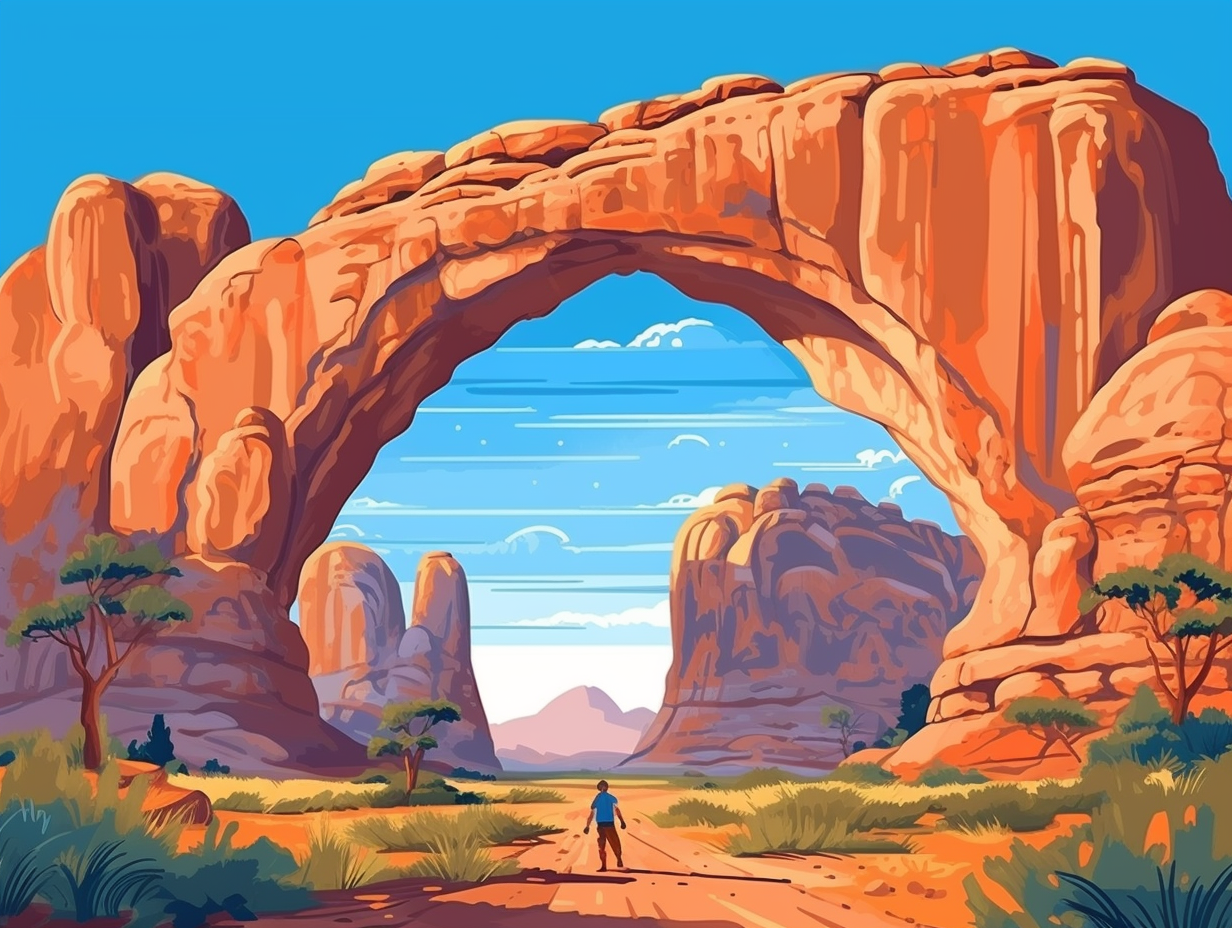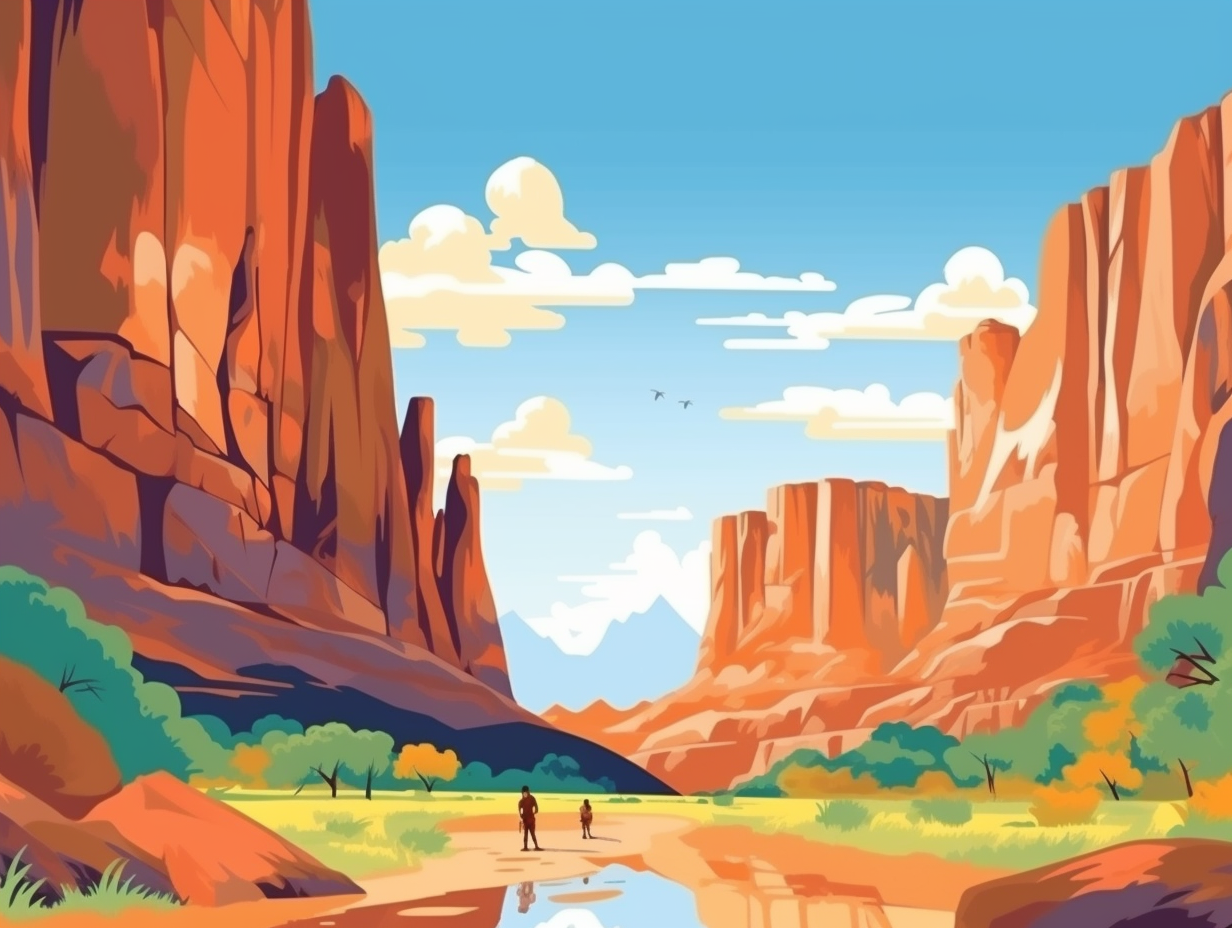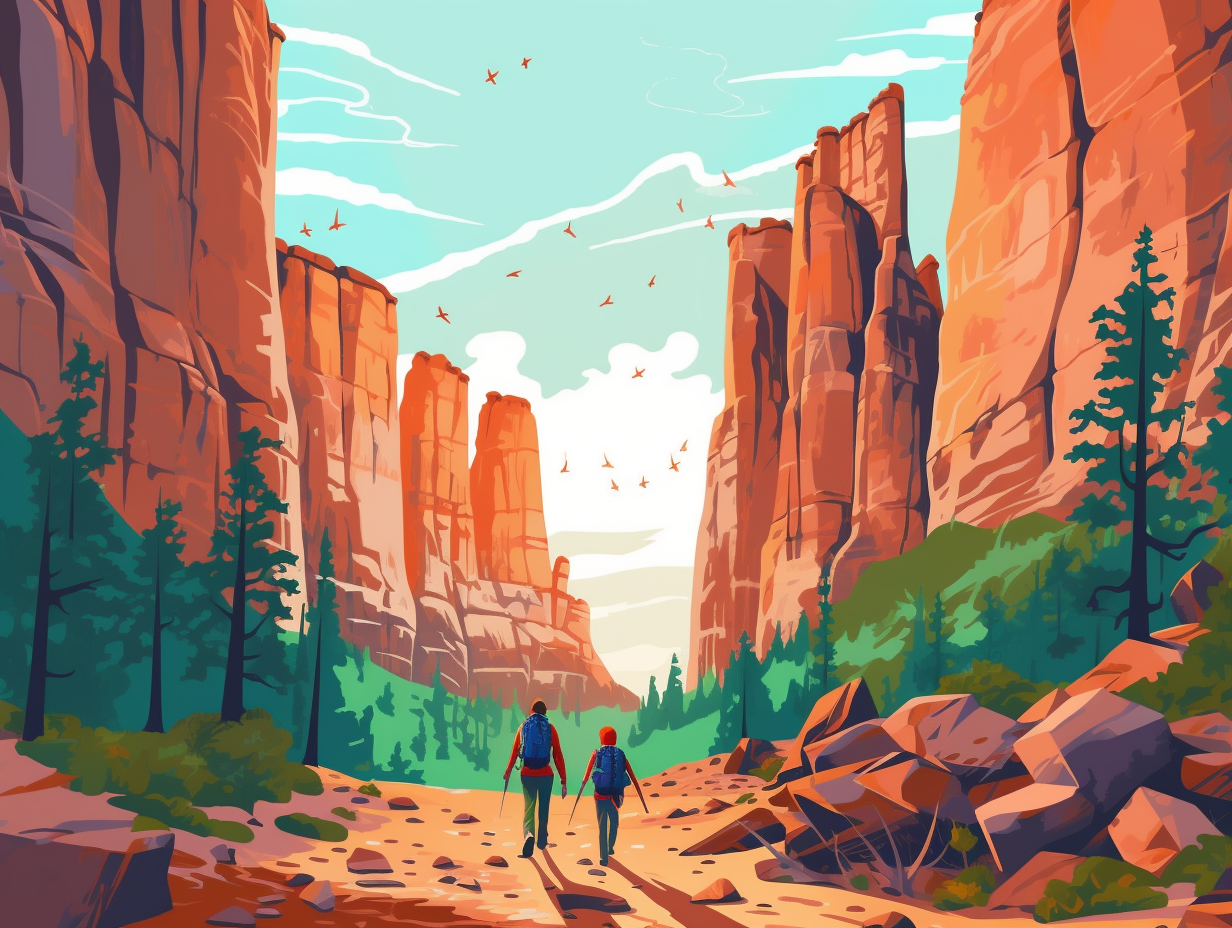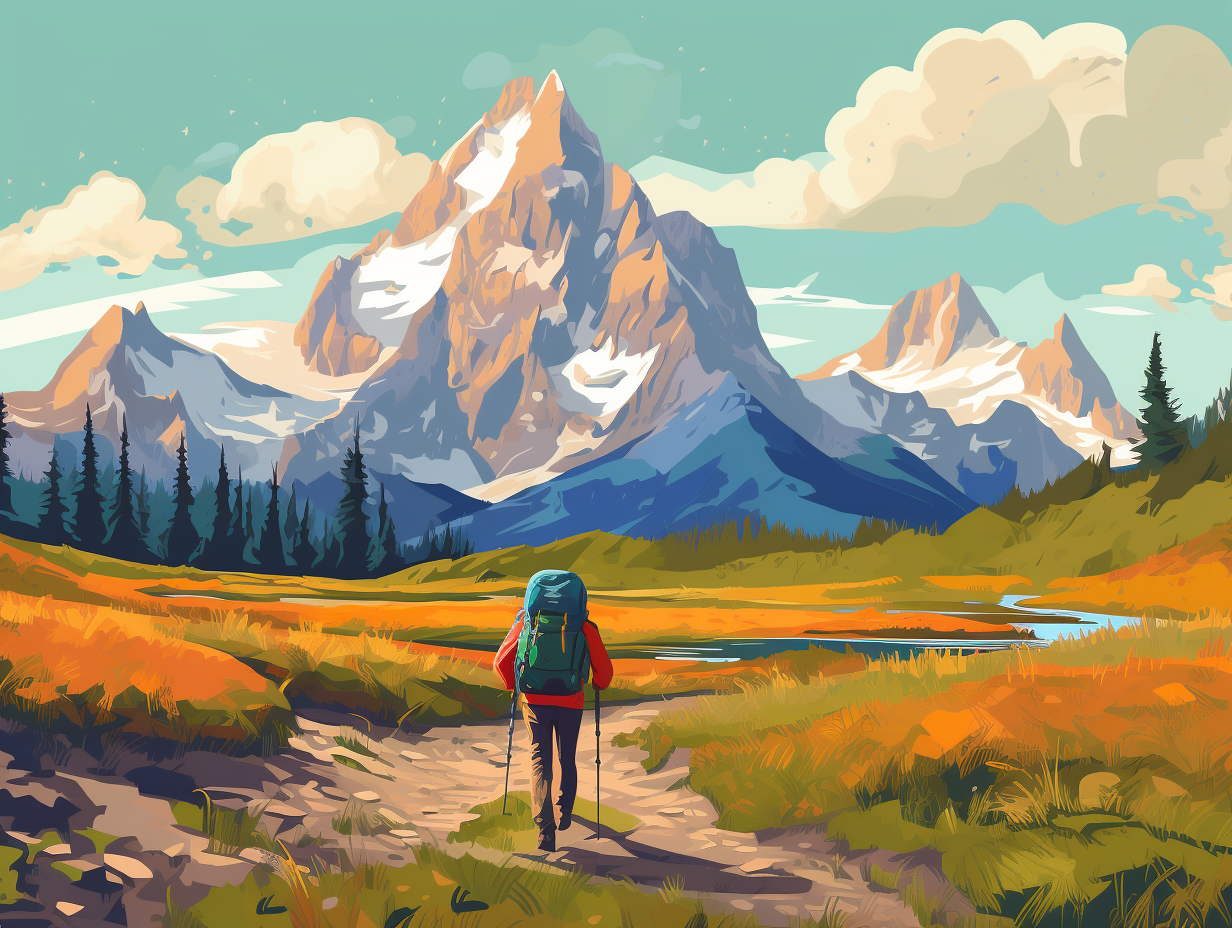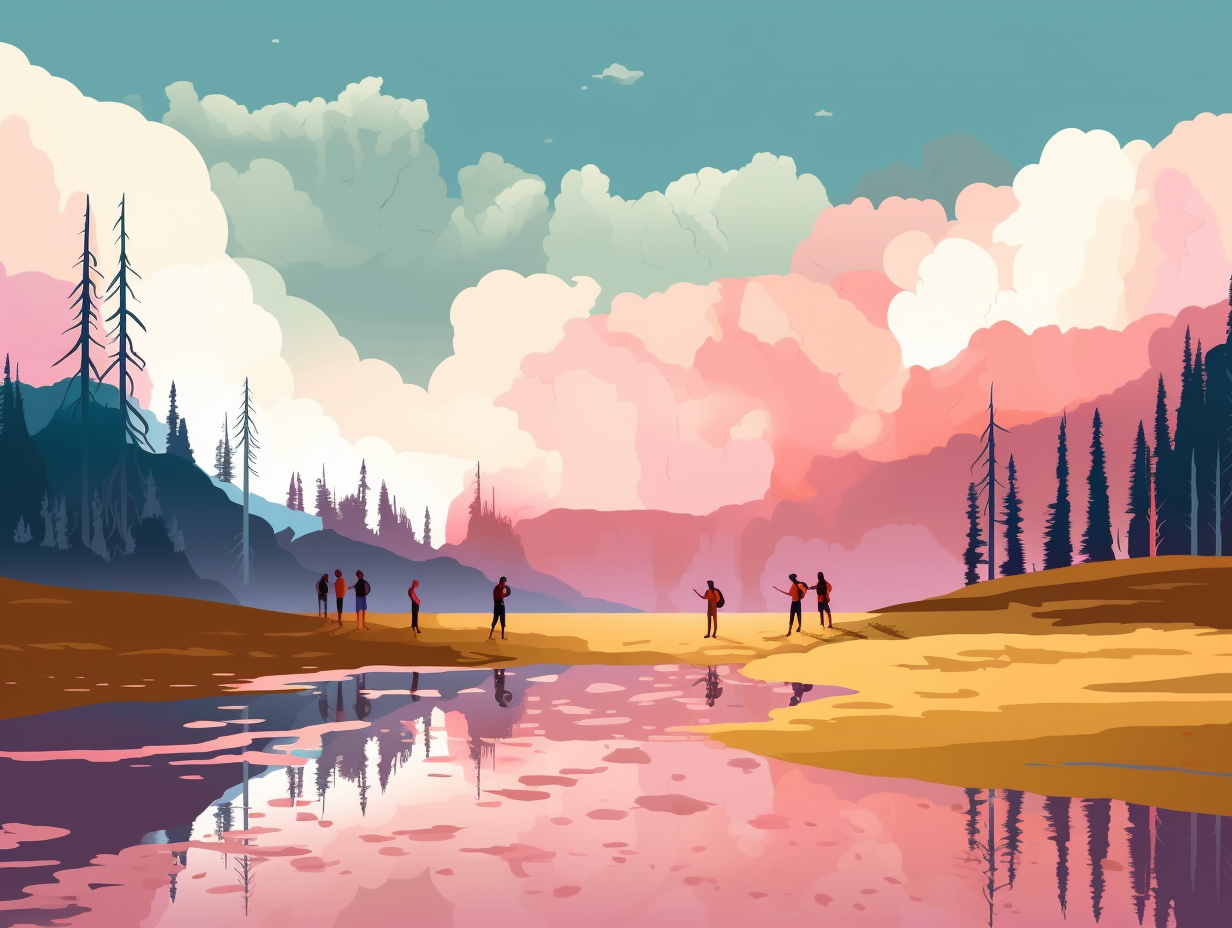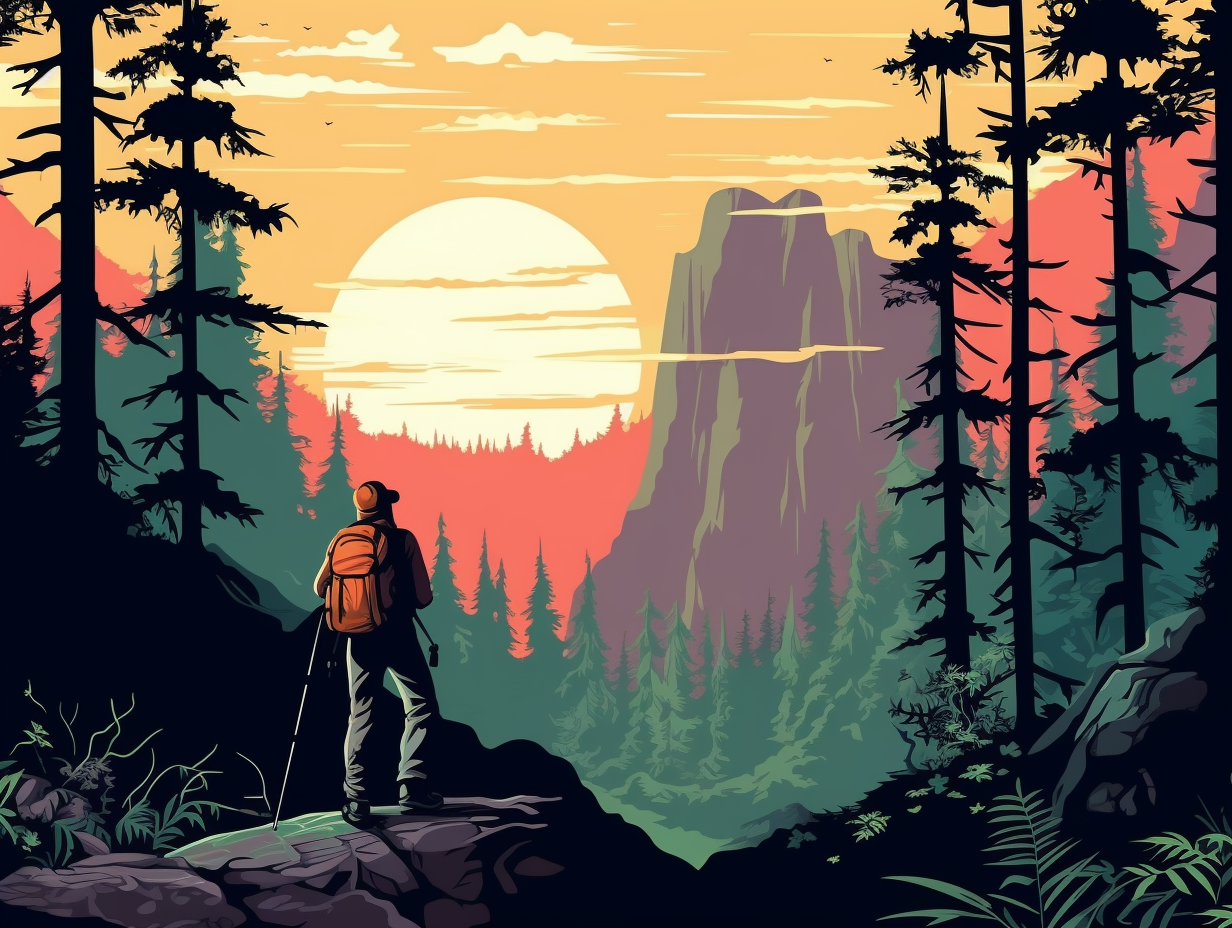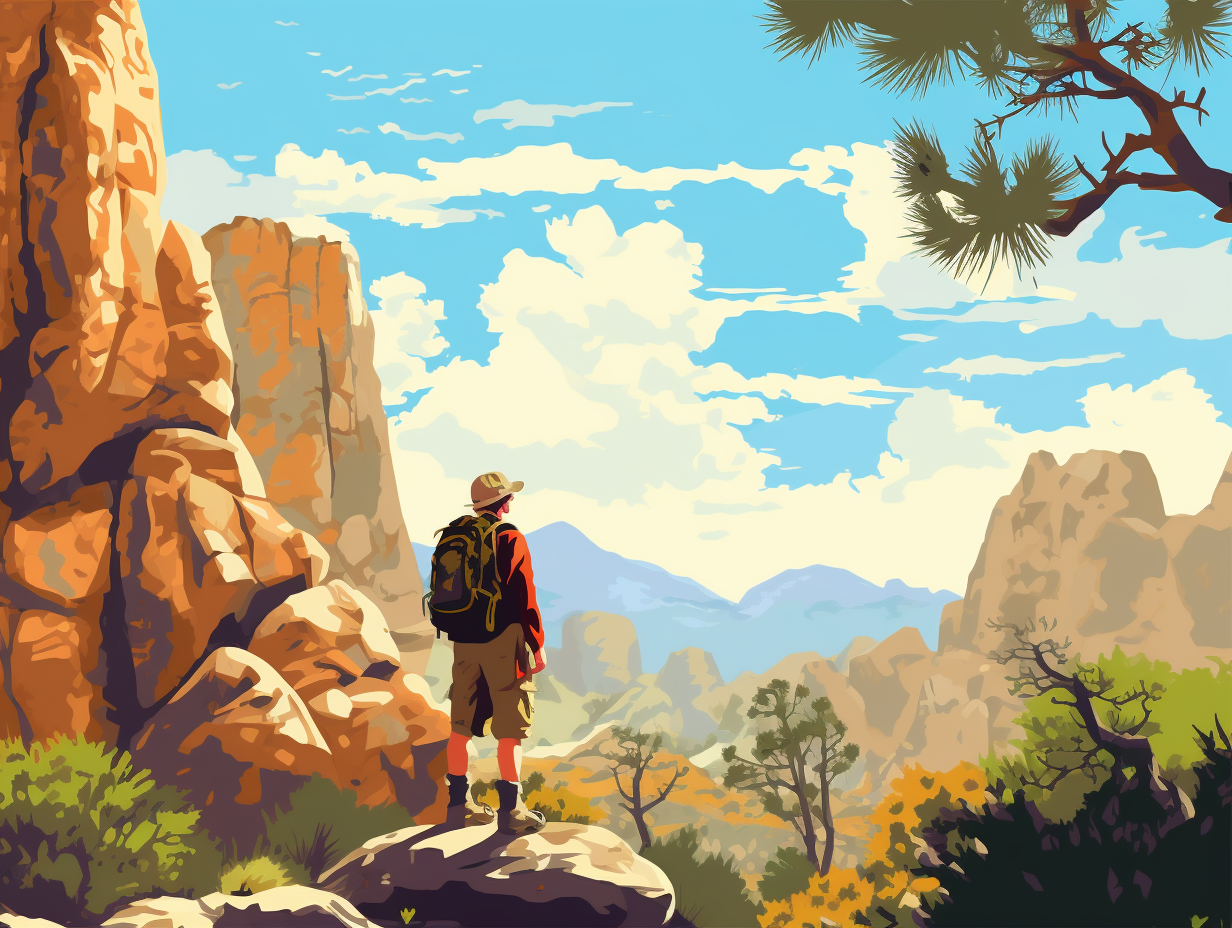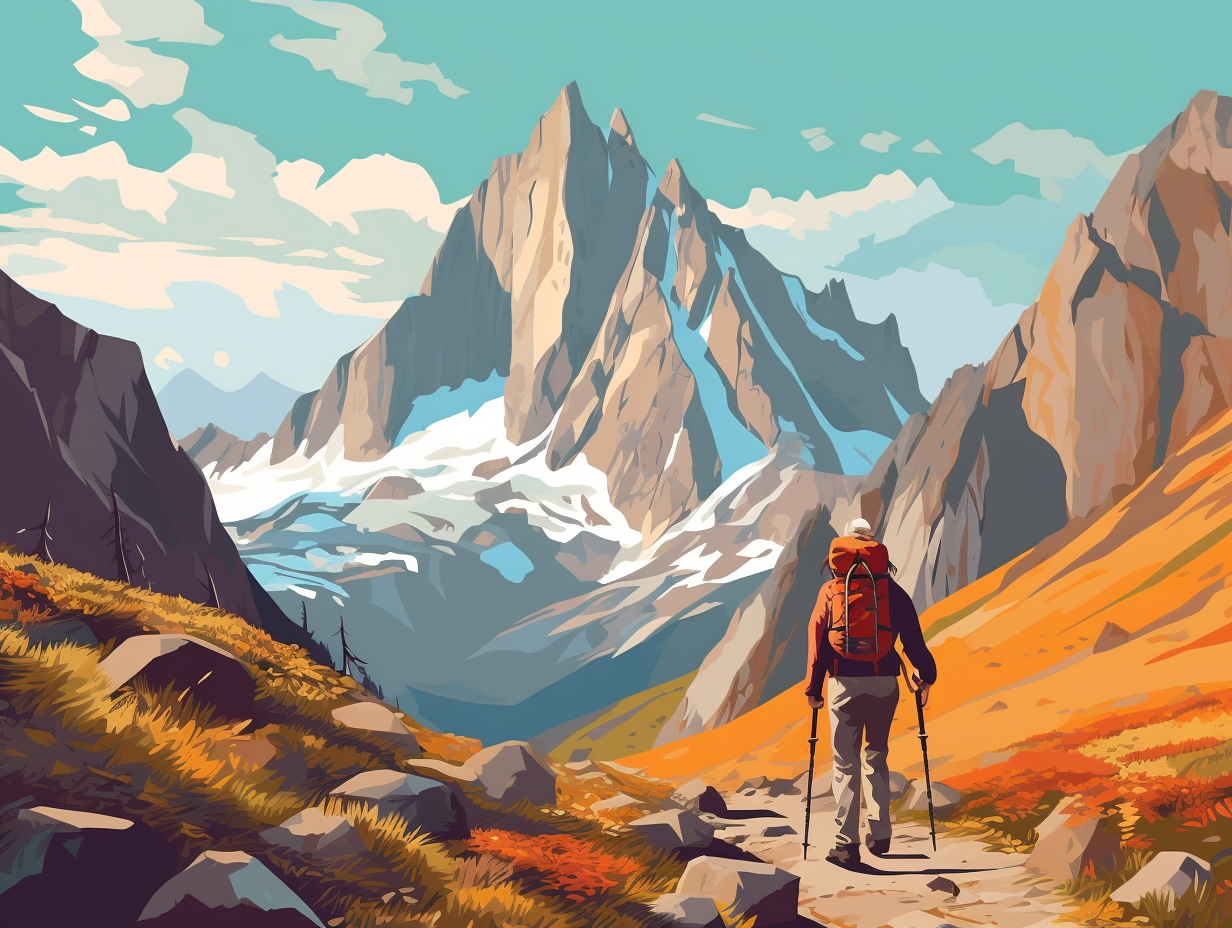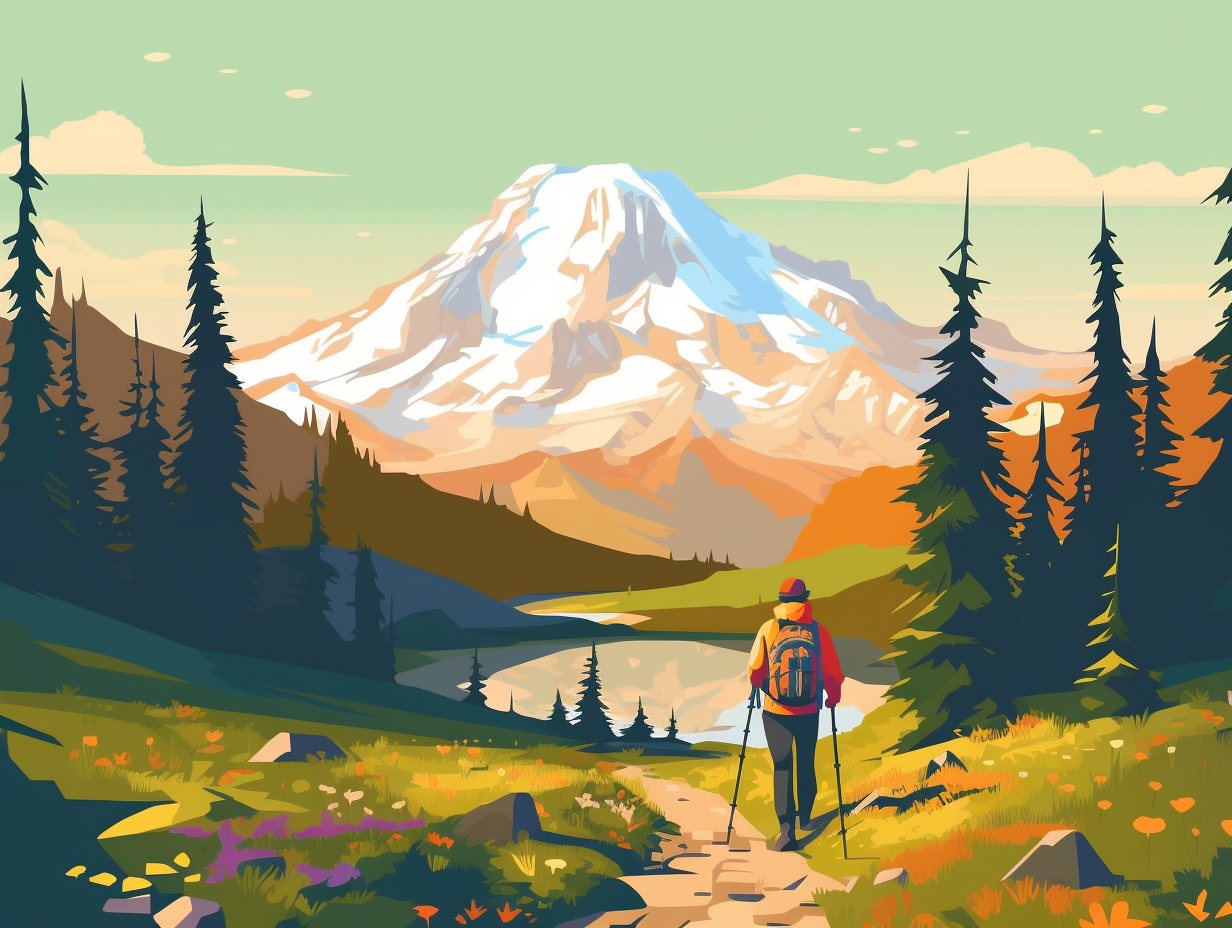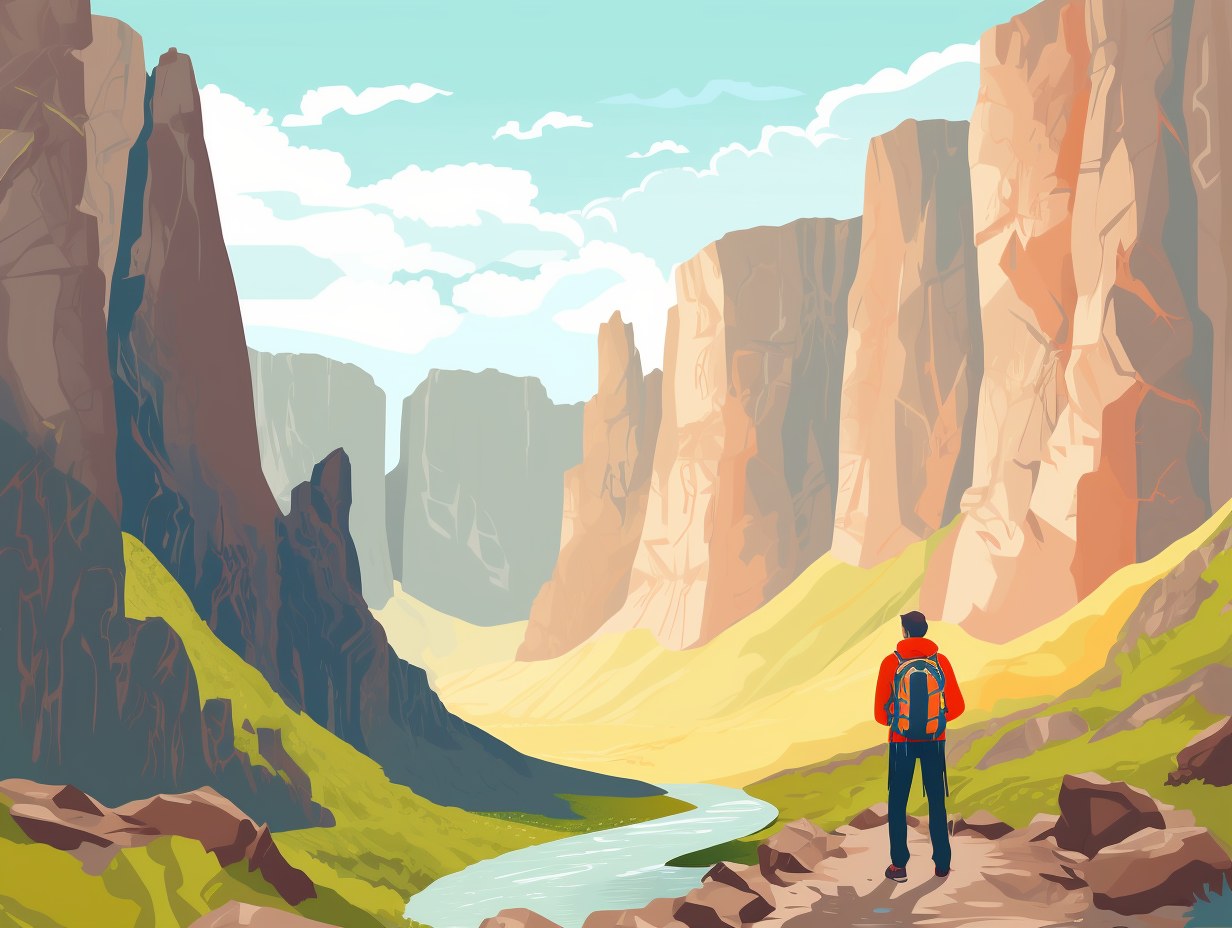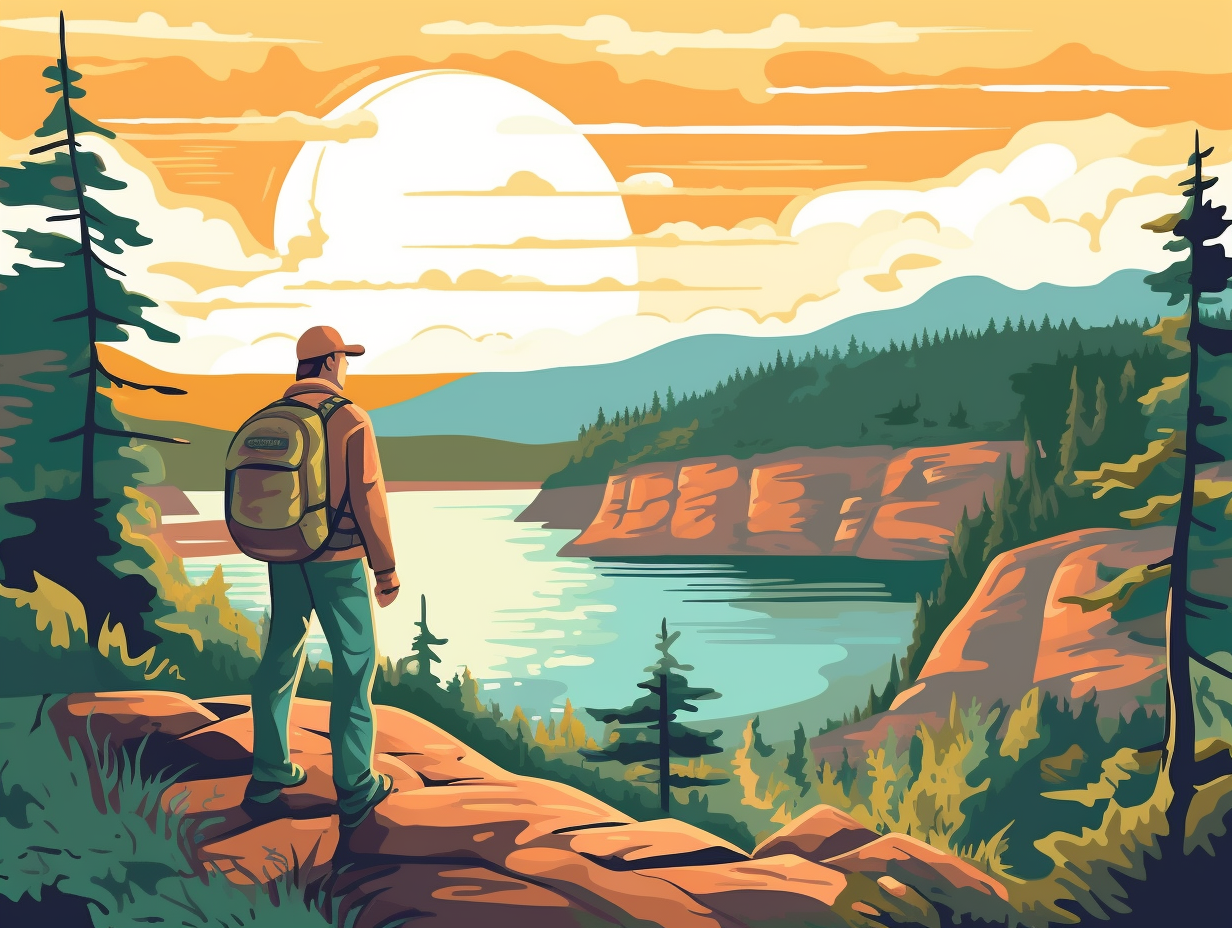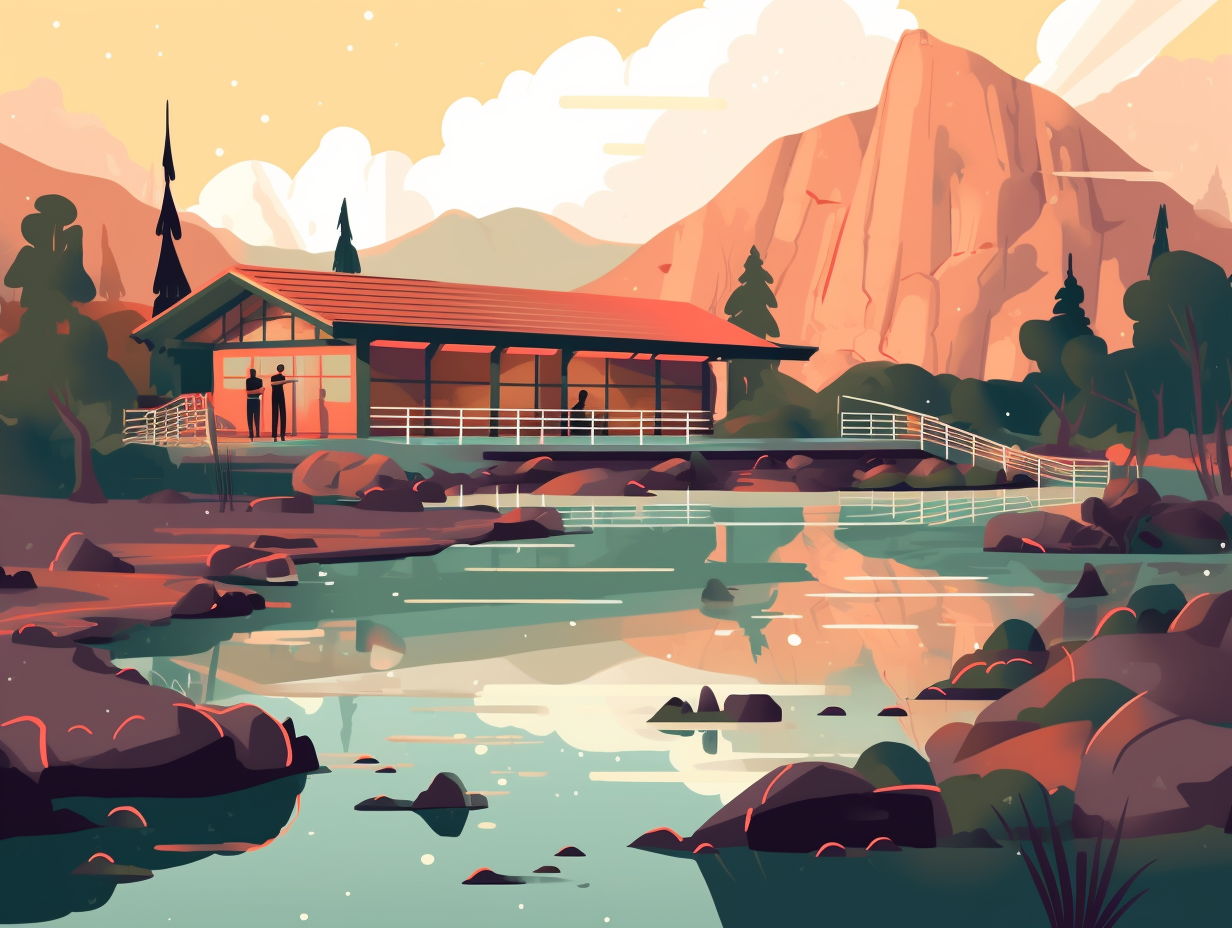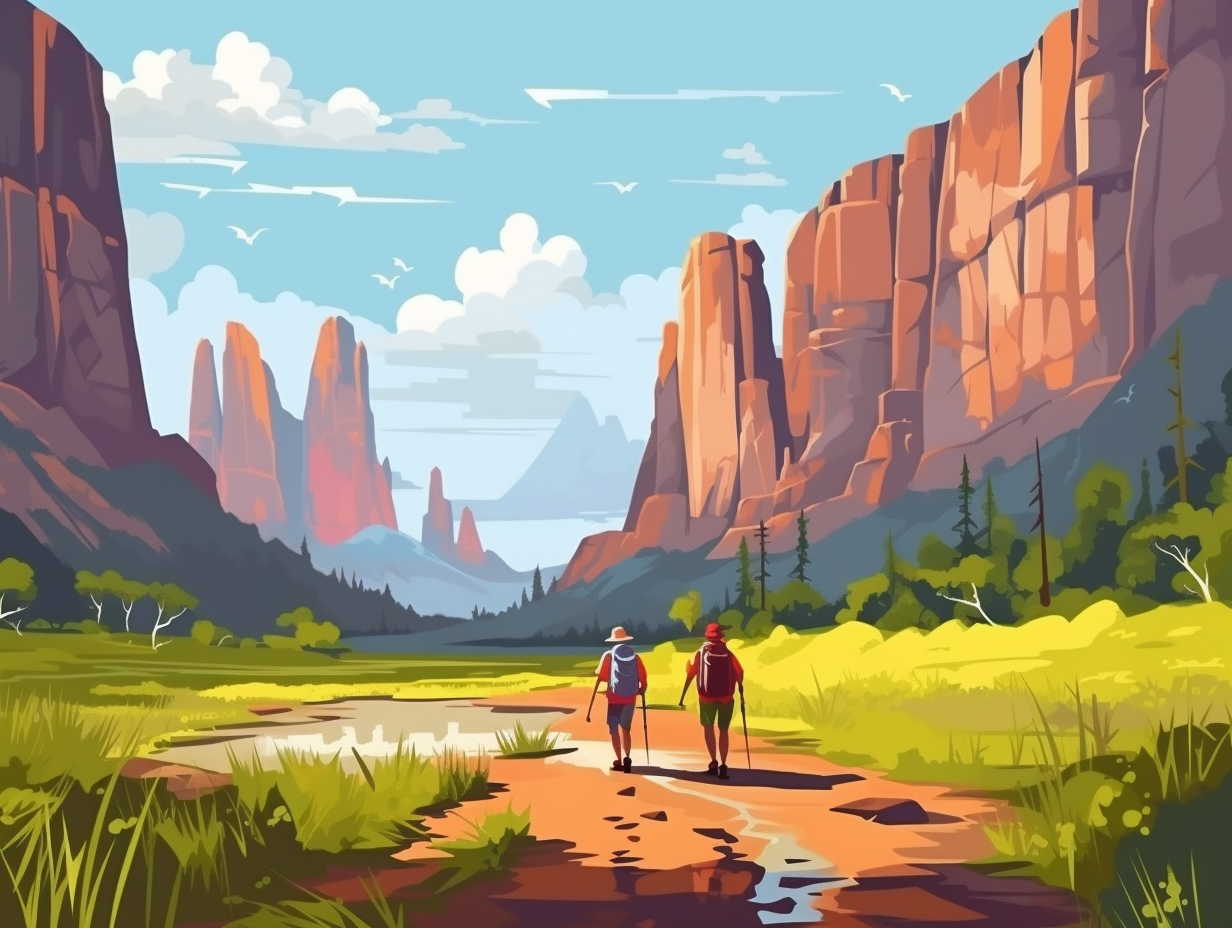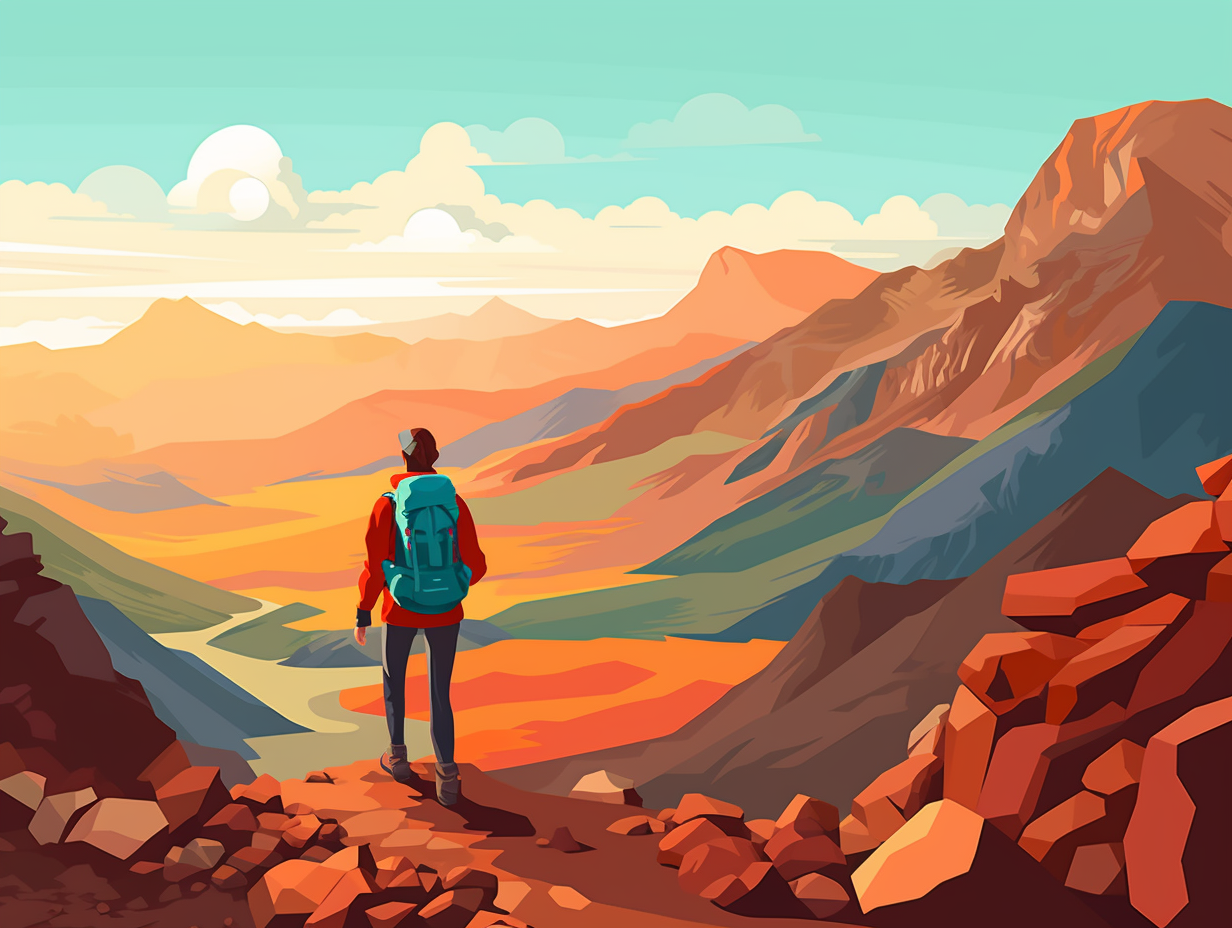Discover the Wonders: Top 15 Fun Facts About Capitol Reef National Park You Never Knew!
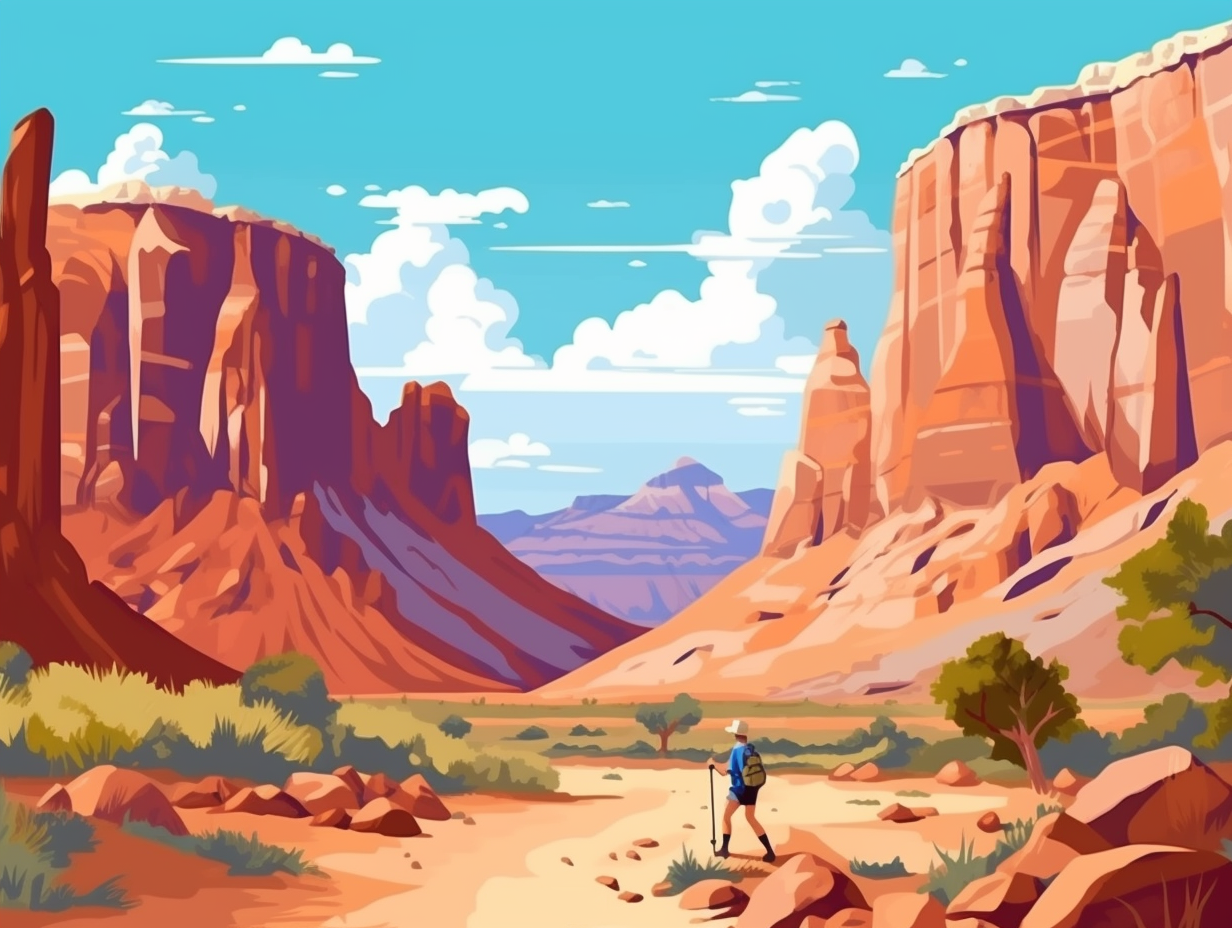
1. Gothic Extravaganza in Cathedral Valley
With arches so tall you'd think Quasimodo's back home, and peaks so sharp they could give Dracula's fangs envy, welcome to Capitol Reef's very own Gothic extravaganza: Cathedral Valley showcases impressive sandstone formations like the Temples of the Sun and Moon, and can be explored during day hikes or through a 6-8 hour scenic driving loop.
Source => nps.gov
2. Capitol Dome's Jurassic Origins
Did Capitol Reef National Park's founders diligently work 180 million years ago? No, it's just their rocks: The park is named after the Capitol Dome, a rock formation resembling capitol building domes, made from Navajo Sandstone deposited in the Jurassic Period and shaped by uplift and erosion over millions of years. This Dome is just one of many fascinating attractions in the park's near-100-mile-long Waterpocket Fold, which screens the Earth's crust for geological treasures.
Source => nps.gov

Discover the breathtaking geological artistry of Canyonlands National Park's "The Needles" district, where Mother Nature's creative streak has shaped gravity-defying sandstone spires from ancient Cedar Mesa Sandstone. Unravel the secrets behind its colorful bands and mesmerizing formations!
=> Fun Facts about Canyonlands-National-Park
3. Ancient Graffiti Artists: Fremont Petroglyphs
In Capitol Reef National Park, ancient graffiti artists armed with stone tools etched their magnum opus – and they sheepishly signed their work: At this park, you can marvel at petroglyphs from the Fremont Culture dating back to 300-1300 Common Era (CE). Walk through the two wooden boardwalks along Utah State Route 24 and enjoy the fascinating and protected works of art, including large anthropomorphic and bighorn sheep figures. But remember: vandalizing these ancient masterpieces is a party foul punishable by law, so don't be baaaaaaad!
Source => nps.gov
4. Fruity Buffet: Historic Orchards
Feeling fruity at a historic all-you-can-eat buffet: Capitol Reef National Park hosts some vintage orchards with about 1,900 trees that sprout a cornucopia of apples, apricots, cherries, peaches, pears, and plums – all planted by pioneering Latter-Day Saints in the 1800s. The fruit trees still bloom today and are protected as a part of the Fruita Rural Historic Landscape, with park staff maintaining them using traditional techniques. Take a bite out of history and join the harvest festivities, which you can find on the park's info line or social media channels!
Source => nps.gov
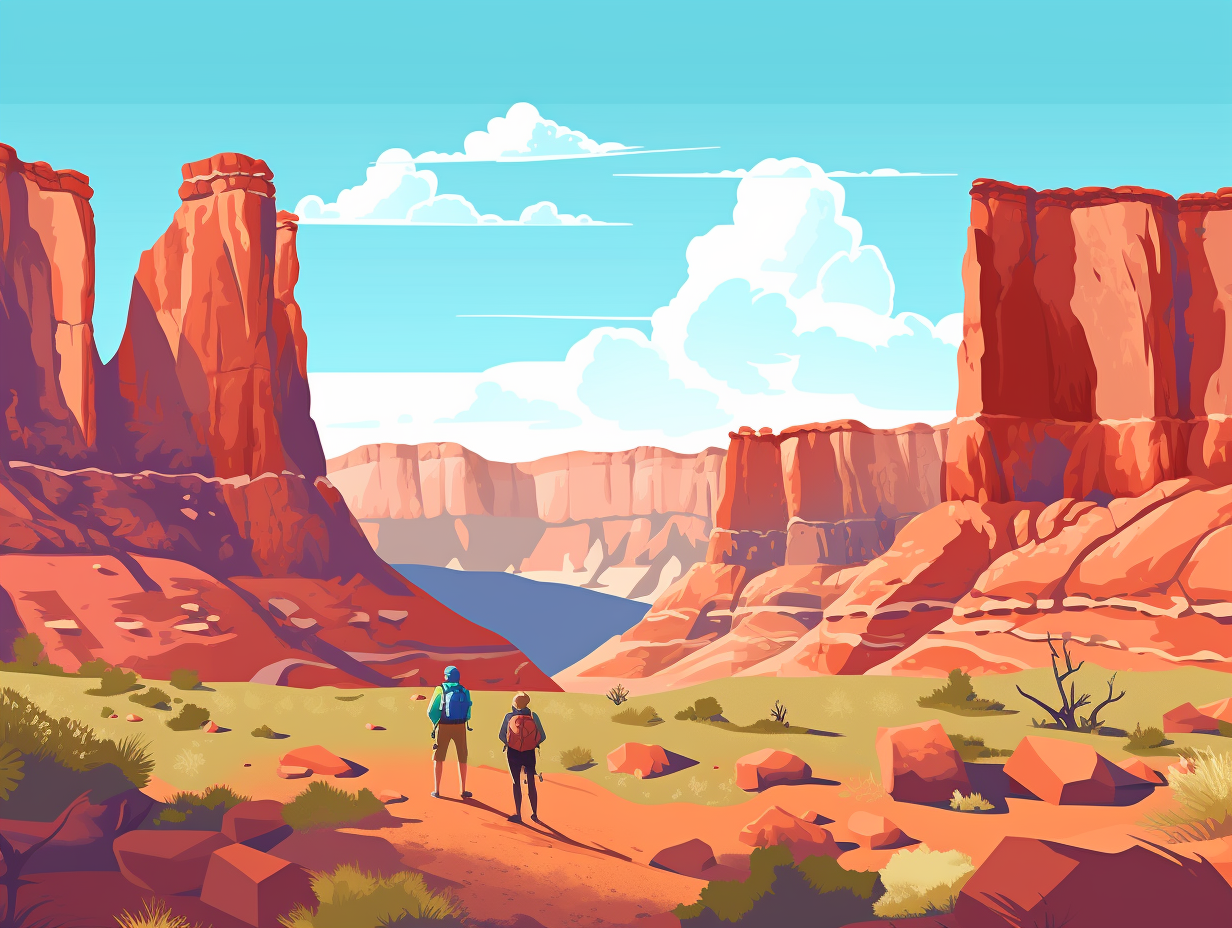
5. Gory Geology: Goosenecks Overlook
If you're an aspiring geologist or just a sucker for gory geologic history, Capitol Reef National Park's Goosenecks Overlook has something truly "gneiss" in store for you: Offering views of blood-red canyons intertwined like geological spaghetti, visitors can marvel at millions of years of Earth's handiwork on display, while they hike and explore this visual feast of rambunctious rocks and serpentine waterways.
Source => tripadvisor.com
6. Waterpocket Fold: Earth's Wrinkles
Mother Nature cooked up an architectural marvel with a side of electric Kool-Aid when she designed Capitol Reef National Park: This geologic wonderland features the Waterpocket Fold, a 100-mile-long wrinkle in Earth's crust formed 50-70 million years ago and boasting colorful cliffs, soaring spires, and twisting canyons that reveal over 200 million years of history.
Source => nps.gov
7. Temples of the Sun and Moon: Celestial Marvels
When the "Temple of the Sun" and "Temple of the Moon" aren't playing their favorite celestial game of hide-and-seek with earthlings: These ginormous monoliths stand tall as beacons of time in Capitol Reef National Park, formed over 160 million years ago from fine-grained sandstone and siltstone. Though they love to flaunt their orange-red wardrobe (courtesy of iron oxide minerals), they're also friendly neighbors to Glass Mountain – a peculiar pile of gypsum crystals that's just one big rainstorm away from turning into an epic sinkhole party.
Source => geology.utah.gov
8. Rock Face Doodles: Ancient Fremont Art
In a land before memes and Snapchat, the ancient inhabitants of Capitol Reef National Park had to settle for the original viral art form: carving supernatural stick figures and cosmic doodles into rock faces: Etched with skill and precision, these fascinating petroglyphs depict humans, animals, and cryptic symbols, revealing that the Fremont Culture (300-1300 CE) honed their stone-age storytelling prowess to document everything from hunting trips and celestial events to spiritual beliefs and GPS coordinates of their favorite grocery store.
Source => nps.gov
9. Nocturnal Critters' Nightlife
When the sun goes down, Capitol Reef turns into a regular nightlife hotspot – for nocturnal critters, that is: The National Park hosts an assortment of party animals like ringtails, raccoons, kangaroo rats, night snakes, owls, and 16 species of bats, all of which play crucial roles in pollinating over 300 species of fruit, including human favorites like mangos and bananas, proving the importance of preserving dark night skies for both ecosystem and human health.
Source => nps.gov
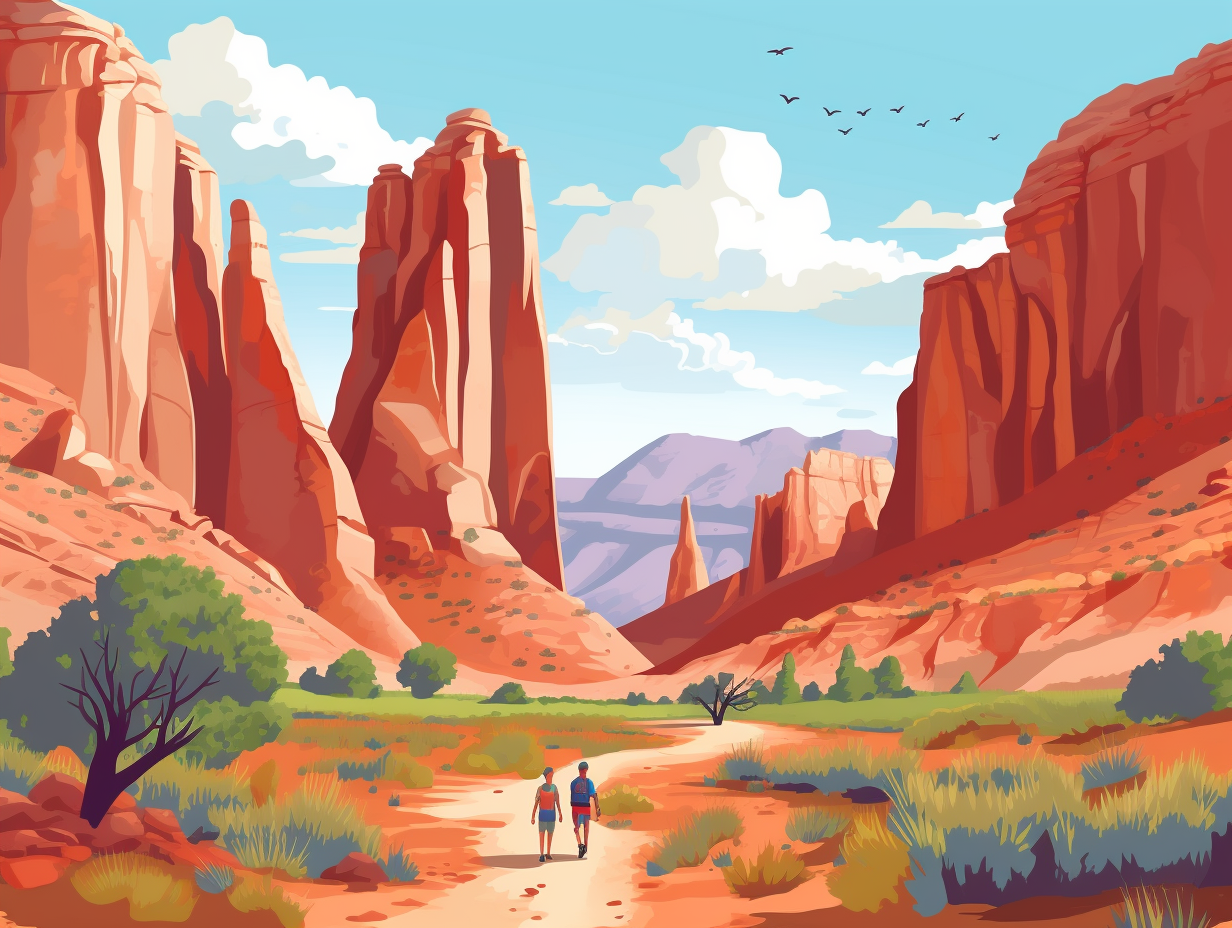
10. Capitol Reef: (Not) Dinosaur Central
If Jurassic Park had a theme park cousin that was a paleontologist, they would probably call it Fossil Frenzy! Alas, Capitol Reef National Park would not be the star: While Capitol Reef has some nearby dinosaur fossils at the Hanksville-Burpee Dinosaur Quarry, the park's main claim to fame lies in its plethora of sedimentary rock formations, housing ancient marine and desert fossils such as oyster shells and stromatolites. Aspiring fossil hunters, remember to leave your discoveries untouched and notify a park ranger of your find.
Source => nps.gov
11. Wildlife Variety Show
Whoever said "variety is the spice of life" must have been talking about Capitol Reef National Park's eclectic crew of creatures: This Northern Colorado Plateau haven is home to over 200 bird species, 70 mammal species, and 15 reptile and amphibian species, offering visitors a veritable smorgasbord of wildlife sightings.
Source => nps.gov
12. Rock Climber's Paradise
Are you ready to rock: and roll up those climbing ropes? Capitol Reef National Park is the ultimate jam session for rock climbers with its stunning sandstone formations! Behold: The park offers a range of climbing opportunities for all skill levels, from tackling the steep Wingate and Navajo sandstone cliffs to bouldering on Entrada sandstone's smooth surfaces, and is ready to provide the perfect backdrop for your next vertical adventure.
Source => nps.gov
13. Waterpocket Fold: Geologic Giggles
Forget wrinkles induced by laughter: Capitol Reef National Park has its very own 100-mile-long wrinkle that'll give you geological giggles! The serious reveal: This wrinkle, known as the Waterpocket Fold, is a phenomenal rock formation created 50 to 70 million years ago due to tensional forces, resulting in breathtaking views of colorful cliffs, tilted rock layers, and sky-scraping mesas.
Source => visitutah.com
14. Time-Travel by Fruit in Fruita District
Who needs a time machine when you can time-travel by fruit?: Capitol Reef National Park houses the historic Fruita district, where you can pluck fruit from 3,000 heirloom trees over 100 years old, taking your taste buds on a blast-from-the-past adventure amidst geological wonders like the Waterpocket Fold.
Source => traveling-tiny.com

15. Ansel Adams' Artful Adventure
Before Ansel Adams clicked his way into photographic fame, he caught Georgia O'Keeffe and Orville Cox in an artful tryst – sans Instagram filters: In 1937, Adams captured a candid snapshot of the duo in Capitol Reef National Park's breathtaking Canyon de Chelly, a rare portrait making its way into his 1974 retrospective at the Metropolitan Museum of Art, despite a damaged negative and limited prints.
Source => anseladams.com
Related Fun Facts

